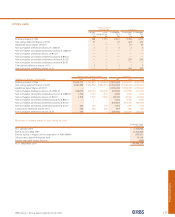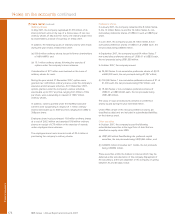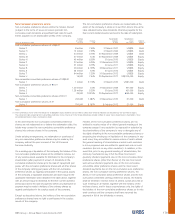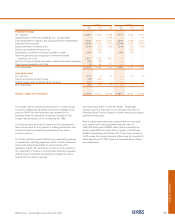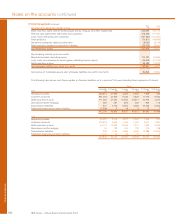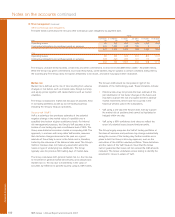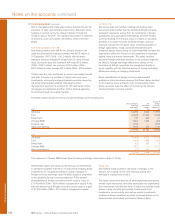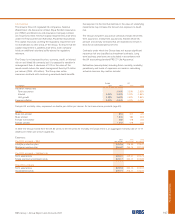RBS 2007 Annual Report Download - page 189
Download and view the complete annual report
Please find page 189 of the 2007 RBS annual report below. You can navigate through the pages in the report by either clicking on the pages listed below, or by using the keyword search tool below to find specific information within the annual report.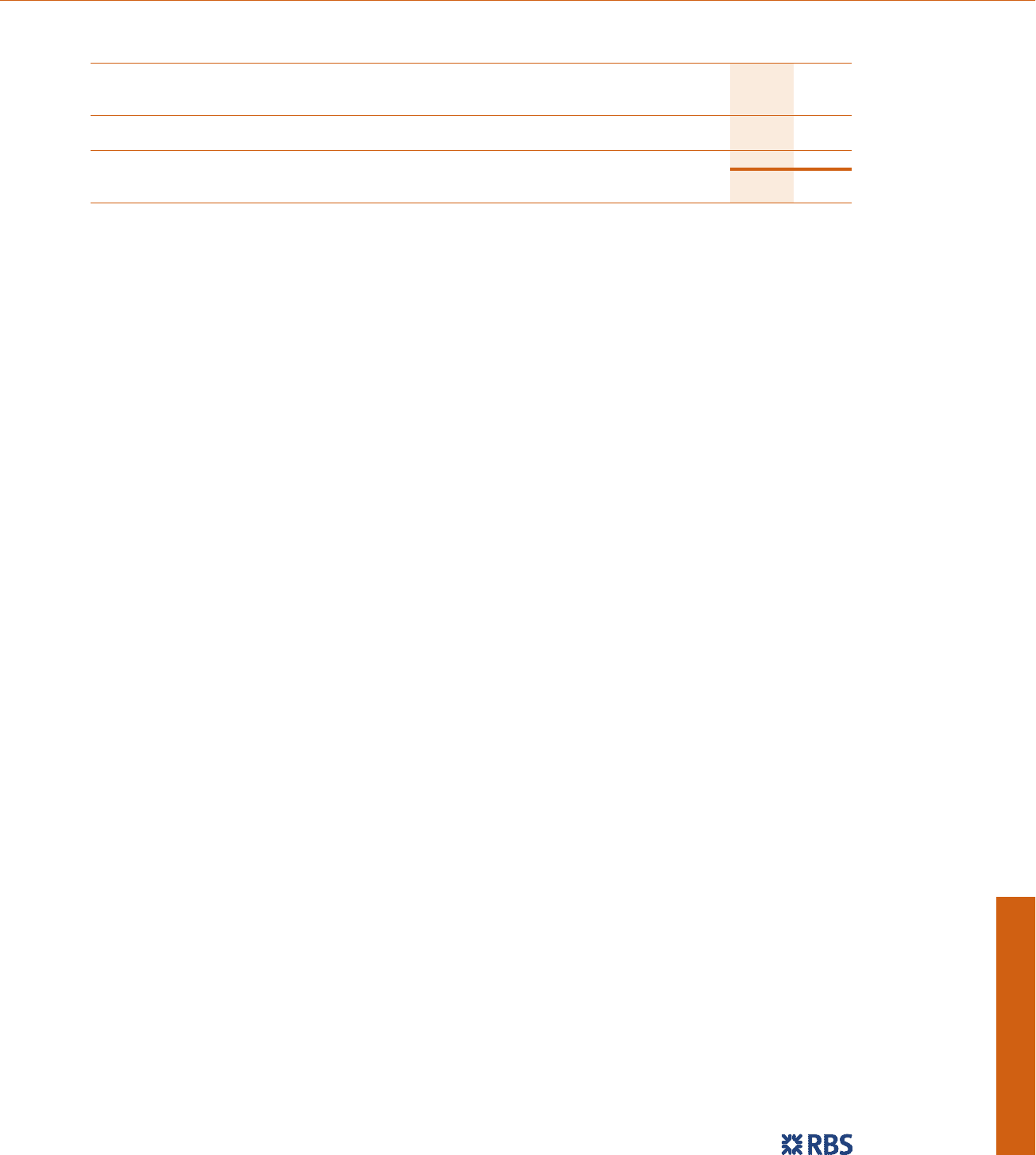
RBS Group • Annual Report and Accounts 2007 187
Financial statements
The table below sets out the Group’s loans that are classified as REIL and PPL:
2007 2006
REIL and PPL £m £m
Non-accrual loans (1) 10,362 6,232
Accrual loans past due 90 days (2) 369 105
Troubled debt restructurings (3) ——
Total REIL 10,731 6,337
PPL (4) 671 52
Total REIL and PPL 11,402 6,389
REIL and PPL as % of customer loans and advances – gross (5) 1.64% 1.57%
The sub-categories of REIL and PPL are calculated as described in notes 1 to 4 below.
Notes:
(1) All loans against which an impairment provision is held are reported in the non-accrual category.
(2) Loans where an impairment event has taken place but no impairment recognised. This category is used for fully collateralised non-revolving credit facilities.
(3) Troubled debt restructurings represent loans that have been restructured following the granting of a concession by the Group to the borrower.
(4) Loans for which an impairment event has occurred but no impairment provision is necessary. This category is used for fully collateralised advances and revolving credit facilities
where identification as 90 days overdue is not feasible.
(5) Gross of provisions and excluding reverse repurchase agreements.
Impairment loss provision methodology
Provisions for impairment losses are assessed under three
categories as described below:
Individually assessed provisions are the provisions required
for individually significant impaired assets which are assessed
on a case by case basis, taking into account the financial
condition of the counterparty and any guarantor. This
incorporates an estimate of the discounted value of any
recoveries and realisation of security or collateral. The asset
continues to be assessed on an individual basis until it
is repaid in full, transferred to the performing portfolio or
written-off.
Collectively assessed provisions are provisions on impaired
credits below an agreed threshold which are assessed on
a portfolio basis, to reflect the homogeneous nature of the
assets, such as credit cards or personal loans. The provision is
determined from a quantitative review of the relevant portfolio,
taking account of the level of arrears, security and average
loss experience over the recovery period.
Latent loss provisions are provisions held against the
estimated impairment in the performing portfolio which have
yet to be identified as at the balance sheet date. To assess the
latent loss within the portfolios, the Group has developed
methodologies to estimate the time that an asset can remain
impaired within a performing portfolio before it is identified and
reported as such.
Provision analysis
The Group’s consumer portfolios, which consist of small value,
high volume credits, have highly efficient largely automated
processes for identifying problem credits and very short
timescales, typically three months, before resolution or
adoption of various recovery methods.
Corporate portfolios consist of higher value, low volume
credits, which tend to be structured to meet individual
customer requirements. Provisions are assessed on a case by
case basis by experienced specialists, with input from
professional valuers and accountants as appropriate. The
Group operates a provisions governance framework which
sets thresholds whereby suitable oversight and challenge
is undertaken. These opinions and levels of provision are
overseen by each division’s Provision Committee. Significant
cases are presented to, and challenged by, the Group Problem
Exposure Review Forum.
Early and active management of problem exposures ensures
that credit losses are minimised. Specialised units are used for
different customer types to ensure that the appropriate risk
mitigation is taken in a timely manner.
Portfolio provisions are reassessed regularly as part of the
Group’s ongoing monitoring process.


